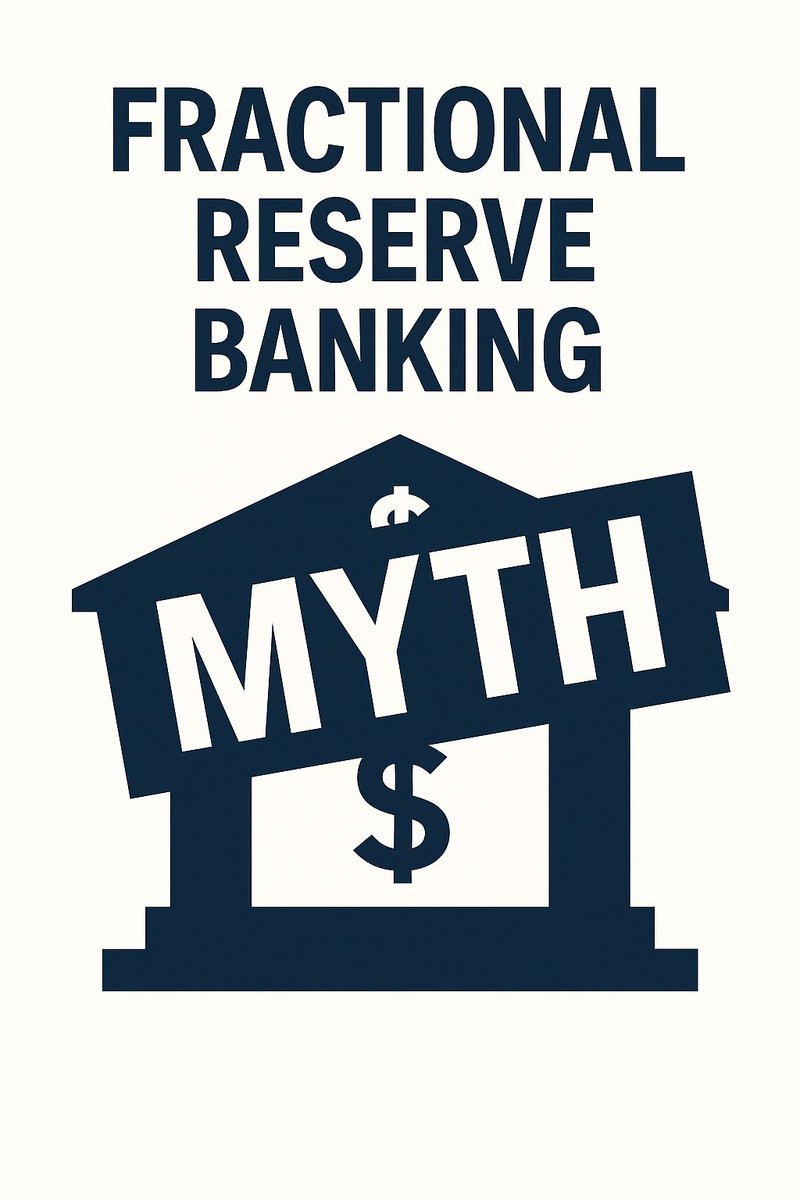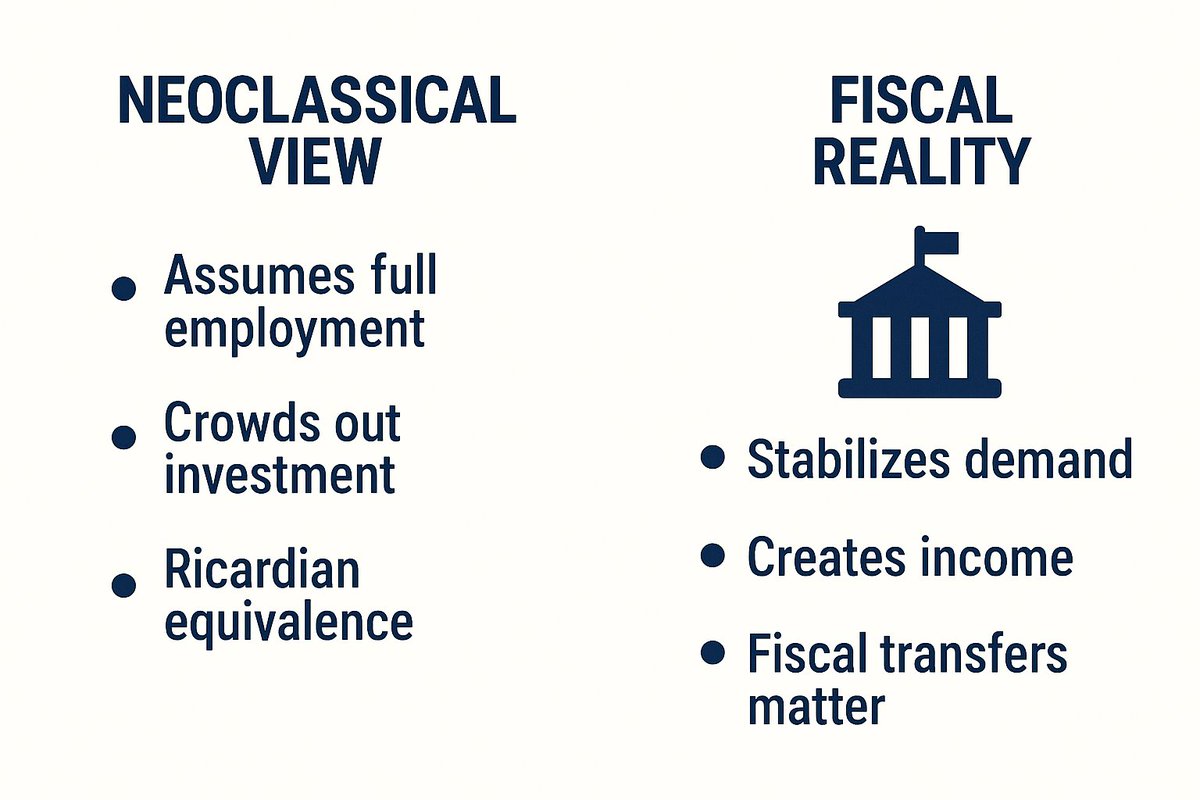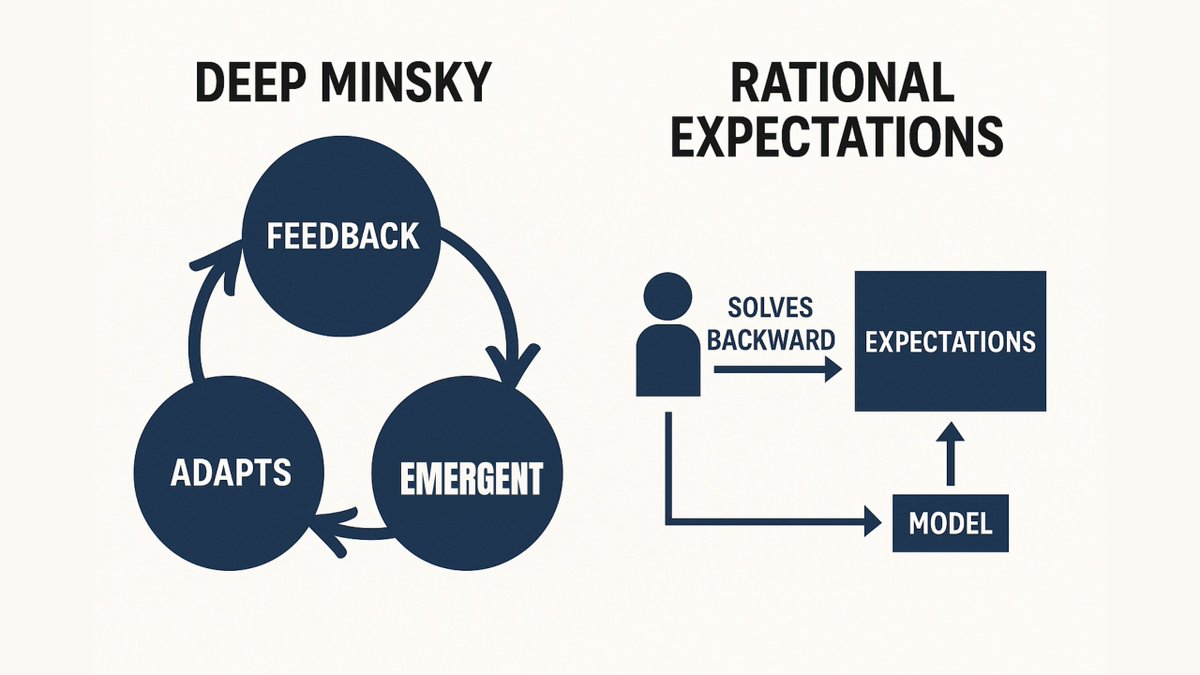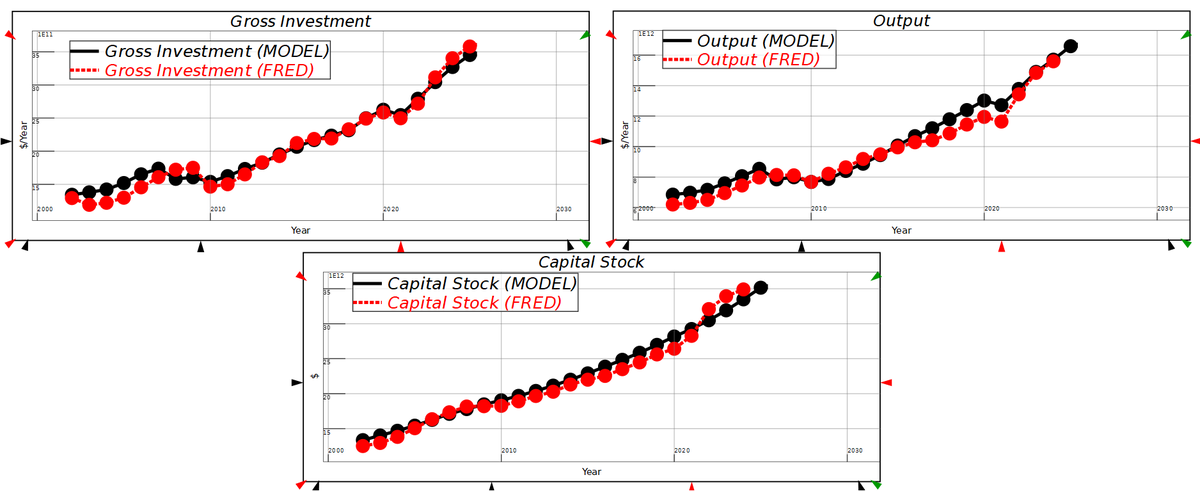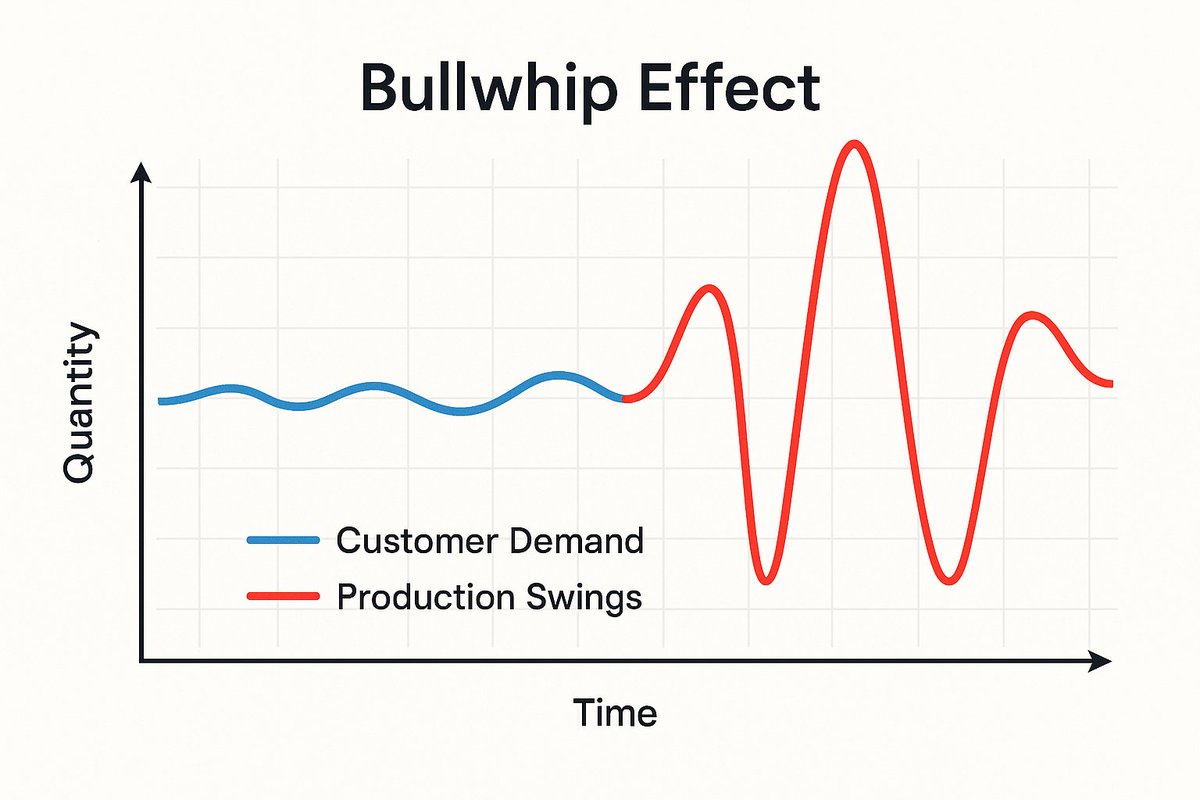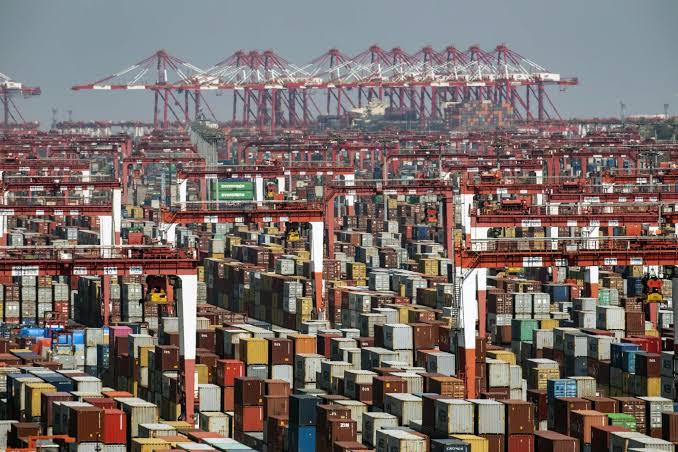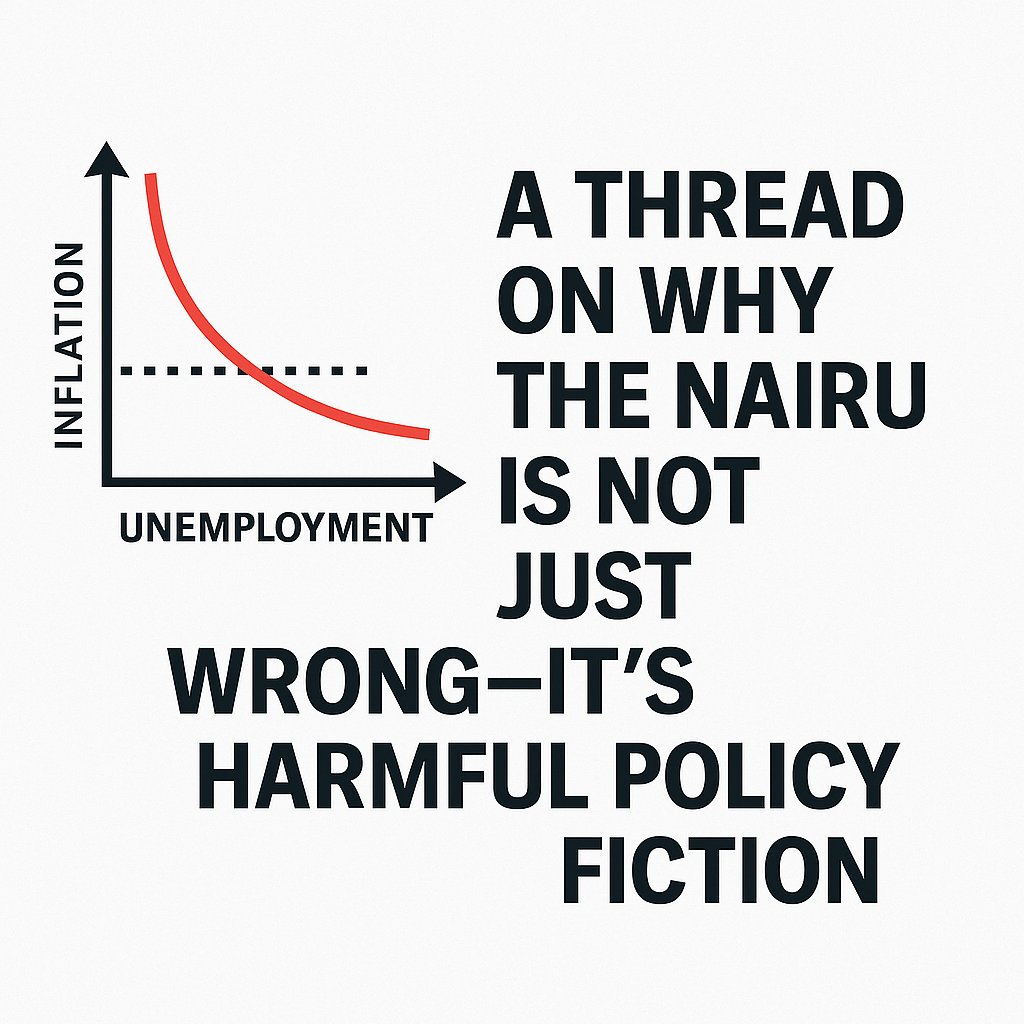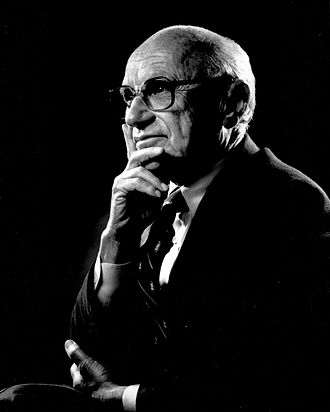Mainstream macro blames crises on public debt or bad policy.
History tells a different story, The biggest crashes follow private debt booms , when households & firms load up on credit faster than incomes grow.
🧵1/8
History tells a different story, The biggest crashes follow private debt booms , when households & firms load up on credit faster than incomes grow.
🧵1/8

1929, Japan’s 1990s bust, the 2008 GFC, all preceded by surging private debt-to-GDP.
In each case, public debt rose after the crisis, as governments absorbed the fallout.
Cause and effect are backwards in the textbook story.
🧵2/8
In each case, public debt rose after the crisis, as governments absorbed the fallout.
Cause and effect are backwards in the textbook story.
🧵2/8
Private debt booms are dangerous because they fuel asset bubbles and fragile balance sheets.
When cashflows falter or rates rise, defaults spike and leverage turns into a chain reaction.
🧵3/8
When cashflows falter or rates rise, defaults spike and leverage turns into a chain reaction.
🧵3/8
Unlike public debt, private debt must be serviced from incomes that can’t be printed.
When repayment strains hit, spending collapses, dragging the economy down.
🧵4/8
When repayment strains hit, spending collapses, dragging the economy down.
🧵4/8
Minsky called it the “financial instability hypothesis”:
Stability breeds complacency, risk-taking rises, debt loads grow, until the system tips.
🧵5/8
Stability breeds complacency, risk-taking rises, debt loads grow, until the system tips.
🧵5/8
Policy failure #1: ignoring private credit growth in macro models.
DSGE model frameworks treat debt as neutral or irrelevant.
The cycle is driven by leverage, but the models are blind to it.
🧵6/8
DSGE model frameworks treat debt as neutral or irrelevant.
The cycle is driven by leverage, but the models are blind to it.
🧵6/8
Policy failure #2: obsessing over public debt while letting private debt run wild.
It’s the household mortgage bubble, not the deficit, that crashes economies.
🧵7/8
It’s the household mortgage bubble, not the deficit, that crashes economies.
🧵7/8
If you want to prevent crises, track private debt-to-GDP, not just inflation.
The warning signs are always there if you’re willing to look.
Check out all my blogs out on this topic an more on my Patreon:
🧵8/8
patreon.com/c/relearningec…
The warning signs are always there if you’re willing to look.
Check out all my blogs out on this topic an more on my Patreon:
🧵8/8
patreon.com/c/relearningec…
• • •
Missing some Tweet in this thread? You can try to
force a refresh


